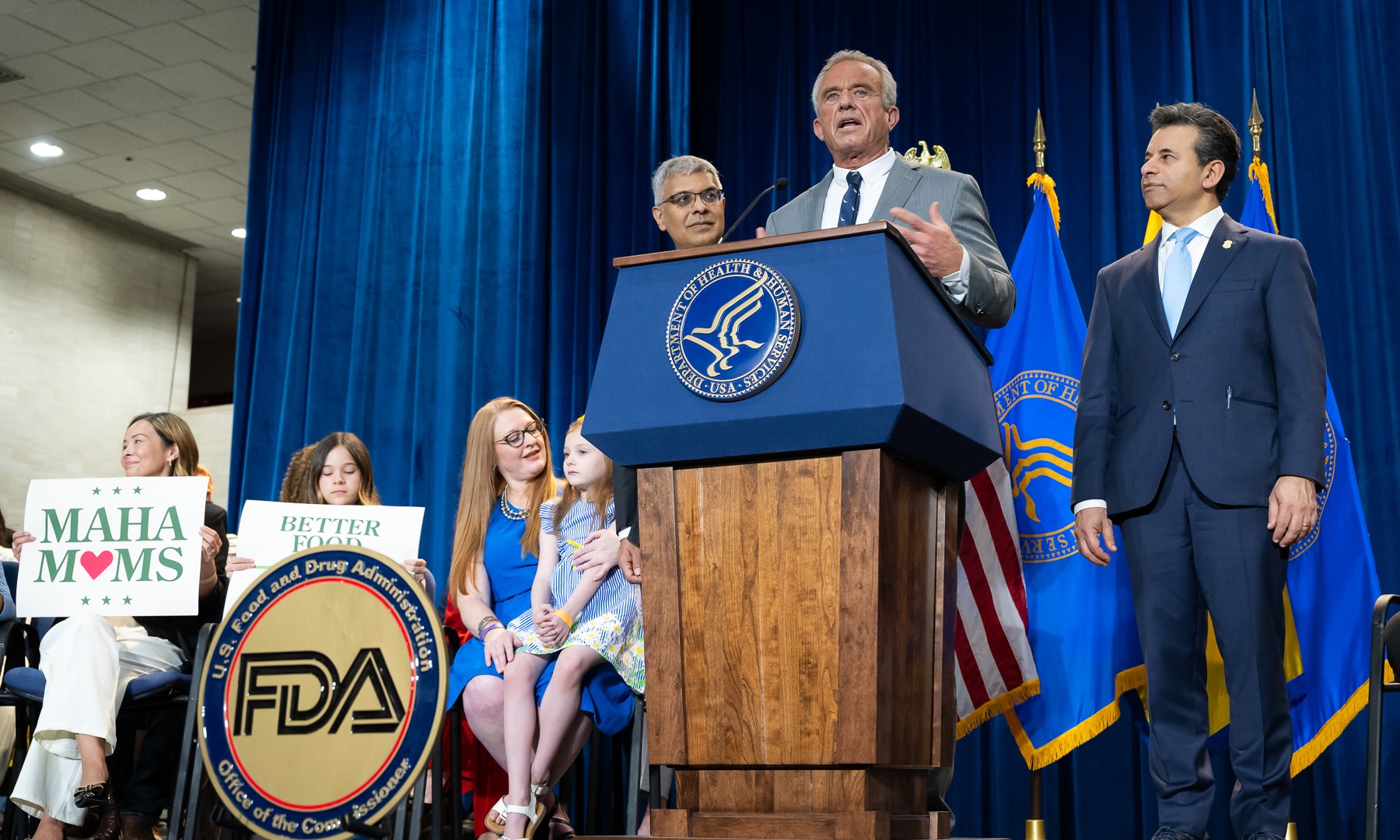The hepatitis B vaccine has significantly reduced the number of childhood infections globally. However, regardless of its proven efficiency, certain groups still express doubt or refuse its application.
When the hepatitis B vaccine was launched, it marked a milestone in the battle against a virus that had caused numerous chronic infections and associated issues such as liver ailments and cancer. Through time, research consistently demonstrated that this preventive approach is among the most effective public health methods available. In nations where vaccination programs have been extensively carried out, infection rates among children have decreased substantially, providing protection to future generations and lessening the worldwide impact of the disease. Nonetheless, vaccine hesitancy remains, prompting inquiries into the factors driving the doubt.
The decline in hepatitis B infections among children is an achievement rooted in coordinated health policies, international cooperation, and sustained education efforts. The vaccine, typically administered shortly after birth, has been pivotal in preventing mother-to-child transmission, which is one of the most common pathways for infection. Studies have shown that in regions where vaccination coverage is high, the number of chronic carriers has decreased, creating long-term benefits for public health. This outcome underscores the importance of immunization programs in shaping healthier futures.
The worldwide influence of immunization efforts
The hepatitis B vaccine is considered a cornerstone of preventive medicine, particularly in countries where the virus was once endemic. Prior to its introduction, hepatitis B was a major cause of liver complications worldwide, and children infected early in life were at high risk of developing chronic conditions. By integrating the vaccine into national immunization schedules, health authorities have managed to reduce not only individual risks but also community-wide transmission.
Information from the World Health Organization and various global health organizations verifies that vaccination programs have preserved numerous lives. Nations in Asia and Africa, where hepatitis B was once widespread, have observed significant reductions in infection rates among younger demographics. These achievements illustrate how vaccines can change the course of public health, turning diseases once considered unavoidable into preventable ones.
Furthermore, vaccination not only decreases the spread of infection but also cuts down on healthcare expenses related to the prolonged treatment of chronic hepatitis B and its complications. By stopping infections early on, communities can lessen the financial strain of treating liver disease, hospital stays, and associated medical actions. This results in vaccination being both a medical triumph and an economical approach for governments and healthcare organizations.
Grasping the reluctance to vaccines
Aunque hay abundante evidencia científica respaldando la vacuna contra la hepatitis B, el escepticismo y la resistencia aún persisten. Las razones detrás de esto son complejas y variadas. En ciertos casos, las creencias culturales y la desinformación desempeñan un papel importante. Las comunidades con acceso limitado a información sanitaria confiable pueden ser víctimas de mitos sobre las vacunas, lo que genera desconfianza y reticencia.
Another contributing factor is the spread of misinformation through digital platforms. In recent years, social media has amplified doubts and conspiracy theories surrounding vaccines. Although these narratives lack scientific basis, they often resonate with individuals who feel uncertain about medical interventions or who mistrust pharmaceutical companies. As a result, parents may delay or refuse vaccination for their children, exposing them to avoidable risks.
It is also important to acknowledge that concerns about vaccine safety, while largely unfounded, stem from genuine anxieties. Parents naturally want to protect their children, and in the absence of accurate information, fear can overshadow science. Some people worry about potential side effects, even though decades of research show that the hepatitis B vaccine is safe and well tolerated. Addressing these concerns requires empathy, transparency, and continued public education.
The importance of interaction and confidence in health for the public
To counter vaccine hesitancy, effective communication is essential. Public health authorities and medical professionals must prioritize clarity, accessibility, and trustworthiness in their messaging. Educational campaigns that highlight the benefits of the hepatitis B vaccine, explain its safety, and share real-world success stories can help bridge the gap between science and public perception.
Trust is essential in making vaccination choices. When communities establish connections with healthcare professionals who address their worries, they tend to follow the advice given. Establishing these bonds involves continuous investment in healthcare systems and staff, especially in regions lacking sufficient resources where false information can spread quickly.
International entities also bear a responsibility to advocate for fairness in the distribution of vaccines. Reluctance to vaccines is not solely due to doubt but also pertains to accessibility. In certain regions, logistical challenges hinder families from obtaining vaccinations on time. Tackling these gaps guarantees that doubt is not exacerbated by systemic disparities.
Ultimately, the persistence of opposition to the hepatitis B vaccine highlights the broader challenge of public health communication in an age of information overload. Scientific data alone is not always enough to persuade; emotional engagement, cultural sensitivity, and community involvement are equally necessary to foster acceptance.
The hepatitis B vaccine exemplifies the transformative power of contemporary medicine when widely adopted. Its achievement in cutting down infections among children is indisputable, though persistent hesitance highlights the need for ongoing conversations between healthcare providers and the general public. By focusing on awareness, understanding, and accessibility, the medical field can guarantee that this vaccine’s advantages are available to everyone, reducing avoidable distress.
The evolution of vaccines illustrates that advancement is achievable when scientific research, policy-making, and the community converge. The narrative surrounding the hepatitis B vaccine stands as both an achievement and a cautionary tale: an achievement because it has preserved countless lives, and a cautionary tale because even the most successful interventions need collective confidence and involvement to realize their fullest potential.



